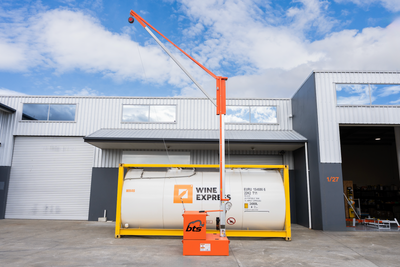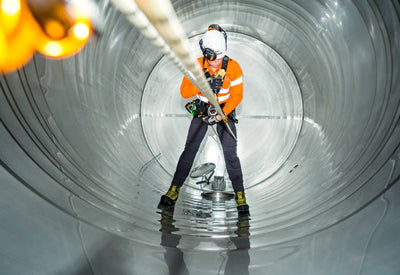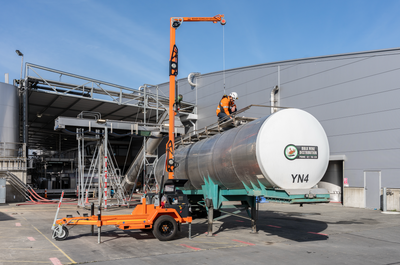Personal Protective Equipment (PPE) is essential for workers who are exposed to potential health and safety hazards, especially when working at heights. PPE refers to clothing and equipment worn to protect the wearer from potential hazards such as chemical, radiological, physical, electrical, mechanical, or other workplace hazards.
PPE includes items such as:
- Hard hats
- Safety boots
- Eye protection
- Respirators
- Protective Gloves.
- High-visibility clothing
- Hearing protection
Employers have a duty of care to provide appropriate PPE and to ensure that workers are trained in its use. It is important to ensure that PPE is selected and used correctly to provide adequate protection for the wearer. Investing in proper PPE is essential for the protection of employees.
In New Zealand, NZ Access offers a range of Personal Protective Equipment products to choose from to ensure that you and your team are well protected on all levels. It is important to select the right type of PPE for the job and to ensure that it is used correctly. For example, if there is a risk of objects falling from above, then a safety helmet or a hard hat should be worn. If there is a risk of crushing, then safety boots should be worn to guard against broken toes.
The Personal Protective Equipment at Work Regulations require PPE to be worn whenever there are risks to health and safety that cannot be adequately controlled by other ways.
Employers should provide appropriate PPE and training in its usage. PPE should be worn as a last resort. The need for PPE must be identified through risk assessment. As with all risk assessments, those carrying them out must be competent to do so and have the necessary knowledge and experience. In addition to identifying the need for PPE, it is essential that the right type of PPE is specified and that it is properly maintained and any defects are reported.
It is important to note that PPE is not a substitute for other control measures such as engineering controls or administrative controls. Employers should use a hierarchy of controls to manage risks, which includes isolating people from the hazard, changing the way people work, and protecting the worker with personal protective equipment.
In conclusion, Personal Protective Equipment (PPE) is essential for workers who are exposed to potential health and safety hazards, especially when working at heights. Employers have a duty of care to provide appropriate PPE and to ensure that workers are trained in its use. It is important to select the right type of PPE for the job and to ensure that it is used correctly. PPE should be worn as a last resort, and the need for PPE must be identified through risk assessment. Employers should use a hierarchy of controls to manage risks, which includes isolating people from the hazard, changing the way people work, and protecting the worker with personal protective equipment.






